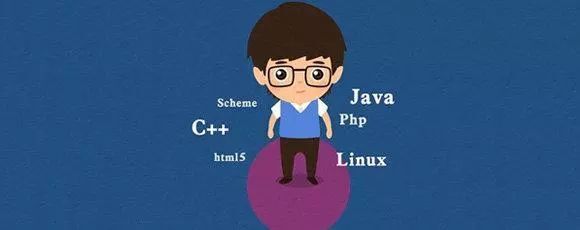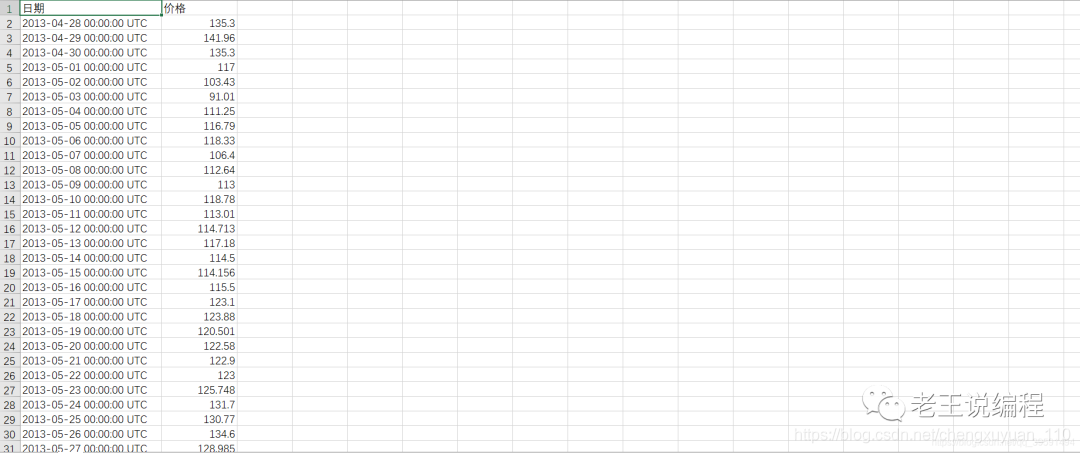#!/usr/bin/env python# -*- coding:utf-8 -*-
import osimport openpyxlimport datetimeimport time
year_list = [2013, 2014, 2015, 2016, 2017, 2018]file_path = r"F:\python-office\log"file_name = "btc.xlsx"file_result = os.path.join(file_path, file_name)
def excel(): """ """ wb = openpyxl.load_workbook(file_result) # 首先获取excel文件生成对象wb 使用openpyxl.load_workbook 方法 sh = wb.active # 使用wb中的active方法获取当前工作薄:btc 生成新的对象sh index = 0 # 设置一个数字变量之后会用到 for i in range(len(year_list)): # 循环6次,6次来源于year_list列表长度 count = 2 # 定义一个数字变量 后面会用到 sh1 = wb.create_sheet(str(year_list[index])) # 使用使用wb.create 方法创建工作薄名称。名称为列表中的值,index是上面定义的数字变量
for rows in sh.rows: # 循环btc工作表中的内容 if rows[0].coordinate != "A1" and datetime.datetime.strptime(rows[0].value, '%Y-%m-%d %H:%M:%S %Z').year == year_list[index]: # 把日期和金额去除从第二行开始循环, 使用datetime模块将获取的value1的时间字符串解析为时间元组。最后取年值进行匹配 # print(rows[0].value, rows[1].value) sh1["A1"] = "日期" # 写入日期 sh1["B1"] = "金额" # 写入金额 sh1["A" + str(count)] = rows[0].value # A + str(count) 第二行开始 写入 sh1["B" + str(count)] = rows[1].value
# print("in sh:", sh1["A" + str(count)].value, sh1["B" + str(count)].value) print(f"正在分析{year_list[index]}年数据.....") count += 1 # 没完成一次循环 count + 1 index += 1 # 同时index + 1 wb.save("yankerp.xlsx") # 当函数全部执行完成后,使用wb.save 保存即可。
if __name__ == "__main__": start_time = time.time() excel() print(f"分析完成,用时时间为{time.time() - start_time}秒")















评论